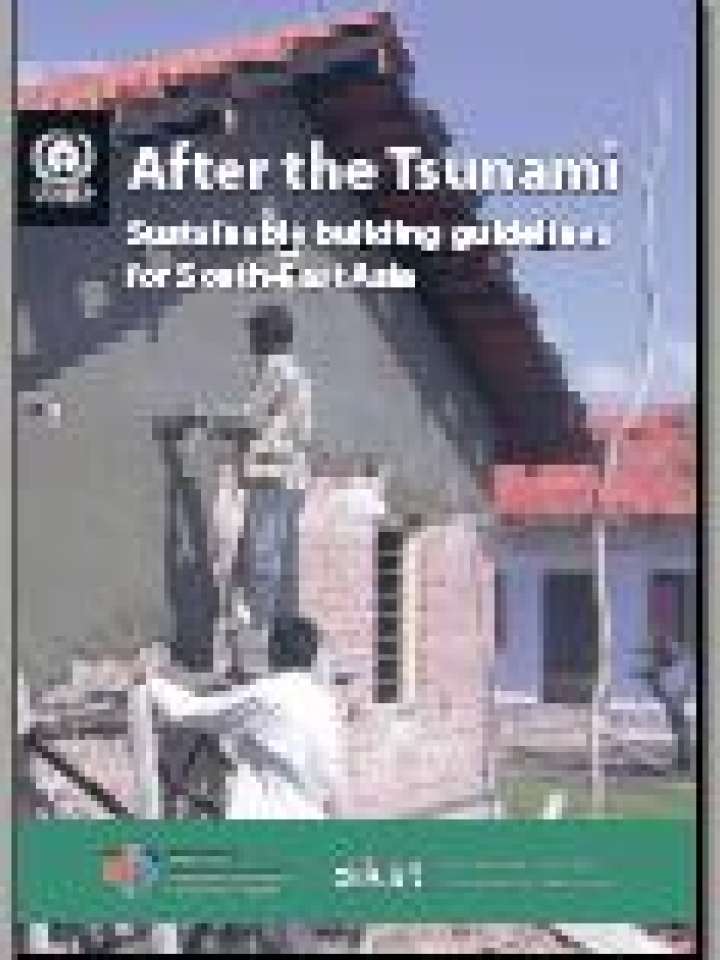After the tsunami: sustainable building guidelines for south-east Asia
The Indian Ocean earthquake and tsunami 26 December 2004 (the “Tsunami”) severely affected the coastal areas of the Indonesian province of Aceh, Sri Lanka, Thailand, Southern India, the Maldives, Malaysia, and Myanmar, taking over 250,000 lives, leaving millions homeless or displaced and causing enormous destruction and suffering. In the aftermath of the disaster, survivors found shelter in temporary barracks and tents, and one of the most pressing needs remains to provide adequate permanent housing. In Aceh, for example, it has been estimated that 92,000 new houses need to be rebuilt and 151,000 damaged houses rehabilitated.
This manual explains how the choice of appropriate design and construction methods and sustainable materials and technologies during the planning, implementation and maintenance phases of reconstruction can protect natural resources and reduce energy consumption and pollution. Sustainable reconstruction management provides numerous environmental, safety and financial benefits.
Explore further
